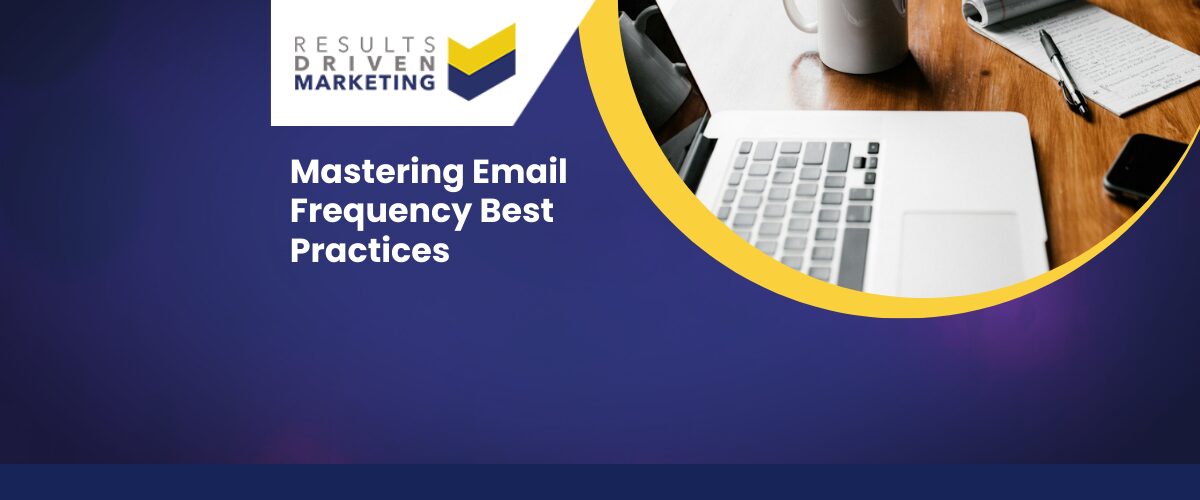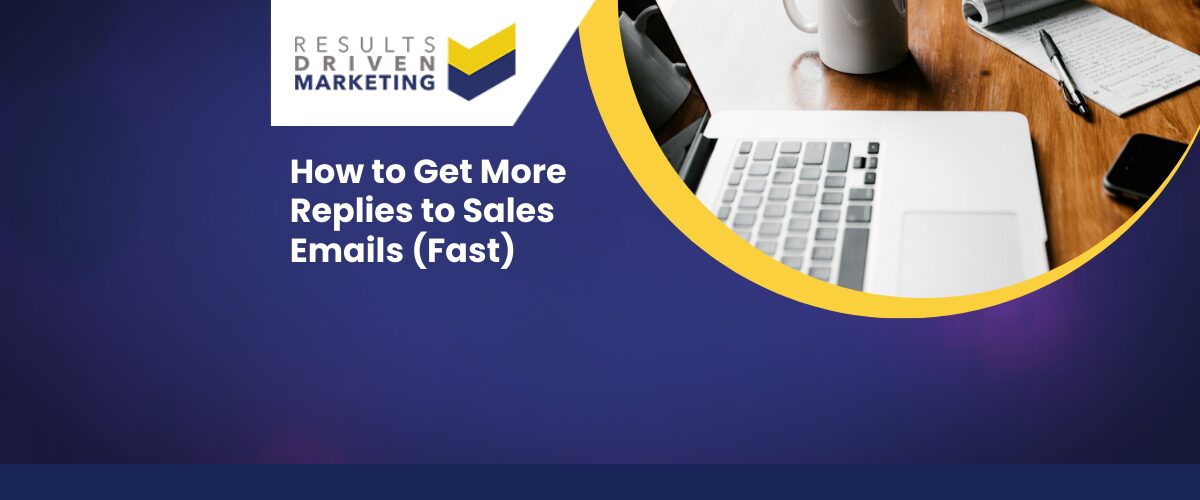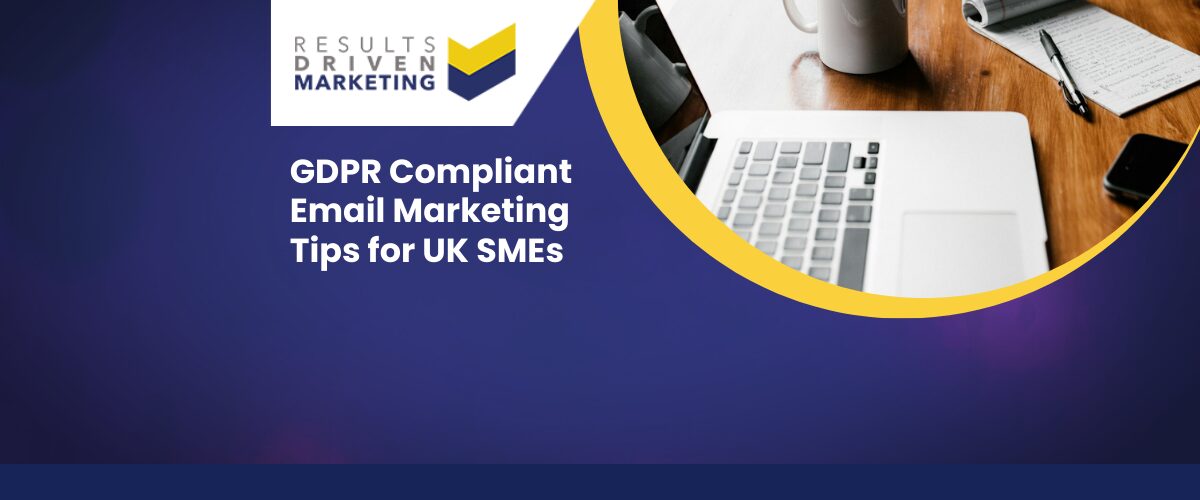
Mastering Email Frequency Best Practices
Getting your email frequency best practices right isn’t just a nice-to-have—it can be the difference between a lead replying or hitting delete. If you’re an SME using purchased B2B data, you’re probably under pressure to make those emails count. But how often should you be reaching out? Daily? Weekly? Monthly?
Too frequent, and you risk annoying potential customers. Not frequent enough, and you’ll be forgotten. It’s a balancing act—and one that many UK business owners, sales directors, and marketers get wrong.
In this guide, we’ll break down the ideal timing and structure for B2B email campaigns, especially cold outreach and nurturing sequences. We’ll share proven techniques used by successful SMEs to improve response rates, build trust, and avoid common pitfalls. Whether you’re just starting out or fine-tuning your existing approach, this post will give you the clarity and confidence to send with purpose—and see results.
Table of contents:
Why Email Frequency Matters in B2B Outreach
When it comes to B2B marketing, email frequency best practices are often overlooked—but they’re crucial for campaign success. Sending emails too often can feel intrusive. Not sending enough means you’re easily forgotten. Either way, poor frequency leads to wasted opportunities and lower ROI.
First Impressions Count
The timing of your first few emails can shape how your brand is perceived. A well-timed follow-up shows you’re proactive, not pushy.
Trust Takes Time
In B2B, decisions aren’t made overnight. Consistent, well-paced emails help build familiarity and trust with decision-makers.
ROI Depends on Timing
You could have the best list and offer, but if your timing is off, your response rates will suffer. Frequency influences open rates, replies, and eventual sales.
Burnout Is Real
Bombarding inboxes doesn’t just annoy prospects—it damages your domain reputation and can land your emails in spam.
The key takeaway? Email frequency directly impacts engagement, deliverability, and sales success.
Factors That Influence Ideal Email Frequency
There’s no one-size-fits-all approach to email frequency best practices—the right cadence depends on several factors. Before deciding how often to hit “send,” it’s important to consider the context of your list and your campaign goals.
Audience Type: Cold vs. Warm Data
-
Cold data: Purchased lists require a more measured approach. Start with wider gaps between emails (3–5 days) to avoid overwhelming new contacts.
-
Warm leads: If someone’s already shown interest, more frequent contact (weekly or even twice-weekly) may be appropriate—especially if it’s value-driven.
List Size and Segmentation
A highly segmented list allows for more personalised and relevant messaging, which can tolerate a slightly higher frequency. With larger, broad audiences, stick to general best practices and avoid rapid-fire sequences.
Campaign Objective
-
Appointment setting: Short, focused sequences with follow-ups every few days.
-
Lead nurturing: Weekly or bi-weekly works best to stay top-of-mind without being intrusive.
-
Reactivation: Start slower—monthly contact with value-first messaging helps rebuild engagement.
Industry and Buying Cycles
Some sectors (like recruitment or IT services) require faster follow-ups due to shorter decision cycles. Others (like financial or legal services) benefit from a slower, more relationship-driven approach.
Getting your frequency right starts with knowing who you’re emailing, why, and what they’re expecting.
Email Frequency Best Practices for Cold Outreach
Email frequency best practices for cold outreach start with respect and structure. When you’re reaching out to decision-makers who’ve never heard of you, you only get one chance to make a good impression—so timing is everything.
Recommended Intervals
-
Start with 3–5 day gaps between each message
-
Avoid daily emails—this comes across as desperate and reduces response rates
-
Spread your sequence over 2–3 weeks for maximum exposure without fatigue
Suggested Cold Outreach Sequence
-
Email 1: Introduction & value – who you are, what you help with, and why it matters
-
Email 2: Follow-up with benefit reminder – sent 3–4 days later; build on your first message
-
Email 3: Share a quick result, stat, or client outcome – add credibility without overloading
-
Email 4: Final check-in or “breakup” email – give them an easy out or option to re-engage later
Handling No-Replies vs. Soft Interest
-
No reply? Don’t chase more than 3–4 times
-
Soft interest (e.g., “maybe later”) deserves a longer-term nurture plan, not a pushy follow-up
Know When to Stop
If there’s no engagement after 4–5 well-spaced emails, pause. Keep their details for future re-engagement campaigns, but avoid becoming a nuisance.
Done right, cold email sequences feel professional, not pushy—and set the tone for productive conversations.
Frequency Tips for Warm and Engaged Prospects
Once a contact has shown interest—clicked a link, replied, or engaged with previous emails—your approach to email frequency best practices should shift. These are now warm leads, and your goal is to maintain momentum without overdoing it.
Weekly vs. Bi-Weekly Contact
-
Weekly emails are ideal for staying front-of-mind while maintaining relevance
-
Bi-weekly can work if your content is more detailed or if you’re nurturing over a longer buying cycle
Focus on Value, Not Volume
-
Share useful content: brief case studies, quick tips, testimonials, or relevant insights
-
Avoid hard-sell language in every message—relationship-building is key at this stage
Use Natural Follow-Up Triggers
-
Reference their previous interest: “Just following up on our last conversation…”
-
Tie in current events, industry trends, or seasonal relevance
Re-Engagement Timing After Silence
If a warm lead goes quiet, wait 2–3 weeks before re-engaging. Keep it light, helpful, and easy to opt back in: “Still interested in improving X? Happy to reconnect.”
Consistency and relevance are what turn warm prospects into real sales opportunities—rushing only works against you.
Common Email Frequency Mistakes to Avoid
Even with the best intentions, many businesses slip up when it comes to email frequency best practices. These mistakes don’t just hurt response rates—they can damage your reputation and waste valuable data.
1. Sending Too Often, Too Soon
Bombarding prospects in the first week is a fast track to unsubscribes. Pace your outreach—especially with cold data—so it feels respectful, not relentless.
2. Ghosting After the First Reply
A warm reply is a buying signal—don’t go quiet. Lack of follow-up kills momentum and trust. Always plan your next step.
3. Inconsistent Timing Across Campaigns
Switching from weekly to monthly to “whenever we remember” confuses your audience. Build a consistent cadence that sets expectations and shows reliability.
4. Ignoring Unsubscribes and Soft Signals
Repeatedly contacting people who haven’t opened in months? That’s a waste. Use opens, clicks, and replies to guide your frequency—less is more if engagement drops.
5. Focusing on Volume Over Relevance
Sending more emails won’t fix poor targeting or bad messaging. Refine your content, segment properly, and send smarter—not more.
Avoiding these mistakes will not only improve your results but also help preserve the quality of your sender reputation and data over time.
How to Adjust Your Email Cadence Over Time
Following email frequency best practices isn’t a one-off task—it’s something you fine-tune as your campaigns run. With the right tracking and a flexible approach, you can improve performance and stay relevant without overwhelming your audience.
Test and Monitor Engagement
Track open, click-through, and reply rates across different send intervals. Use small test segments to trial variations in timing (e.g., 3-day vs. 5-day follow-ups).
Make Data-Driven Tweaks
If open rates dip, reduce frequency or refresh your subject lines. If replies drop off mid-sequence, consider adding value-focused content or increasing spacing.
Adapt to Buying Cycles
Some months will naturally be quieter—especially summer and December. Adjust accordingly. Ramp up when prospects are more likely to engage (e.g., Q1 or early Q3 in B2B).
Use Feedback Loops
Pay attention to manual replies, opt-outs, or passive disengagement (no opens for 60+ days). These are signals to reduce frequency or adjust your messaging strategy.
Regular review and small adjustments to your email cadence can have a big impact on performance—without needing to overhaul your whole campaign.
Why Choose Results Driven Marketing
If you’re serious about getting your email frequency best practices right, it starts with the right data—and the right support behind it. That’s where Results Driven Marketing comes in.
We help UK SMEs turn cold data into warm leads with:
-
Accurate, up-to-date B2B marketing lists
Sourced from trusted UK providers and tailored to your preferred outreach style—email, phone, or direct mail. -
Fast turnaround and expert advice
Need counts or targeting help today? We’ll get you sorted within hours, not days. -
Compliance built-in
GDPR and CTPS? Handled. We take care of the details so you can focus on results. -
Friendly, honest support
No jargon. No fluff. Just straight-talking advice to help you reach the right people faster.
Whether you’re launching your first campaign or scaling an existing one, we’ll help you get the data, strategy, and frequency right—from day one.
Final Thoughts: Get Frequency Right, Get Results
Mastering your email frequency best practices isn’t about rigid rules—it’s about finding the right rhythm for your audience, your offer, and your goals. Whether you’re reaching out cold or nurturing existing leads, consistency, timing, and relevance are what drive results.
To recap:
-
Start slower with cold data, build trust, and avoid spamming
-
Warm leads need regular, value-driven contact—without overkill
-
Test, tweak, and track what works for your audience
-
Avoid the common mistakes: rushing, ghosting, and inconsistent timing
At the end of the day, it’s not just about how often you send—it’s about sending with purpose. Get that balance right, and your campaigns will convert more leads, more often.
Ready to Improve Your Email Results?
-
Need help building a consistent, results-driven outreach strategy? Contact us
-
Looking for accurate, compliant data to power your campaigns? Explore our email lists
Results Driven Marketing
Accurate B2B data. Tailored targeting. Honest advice.
Helping UK businesses go from bad data to better results.





